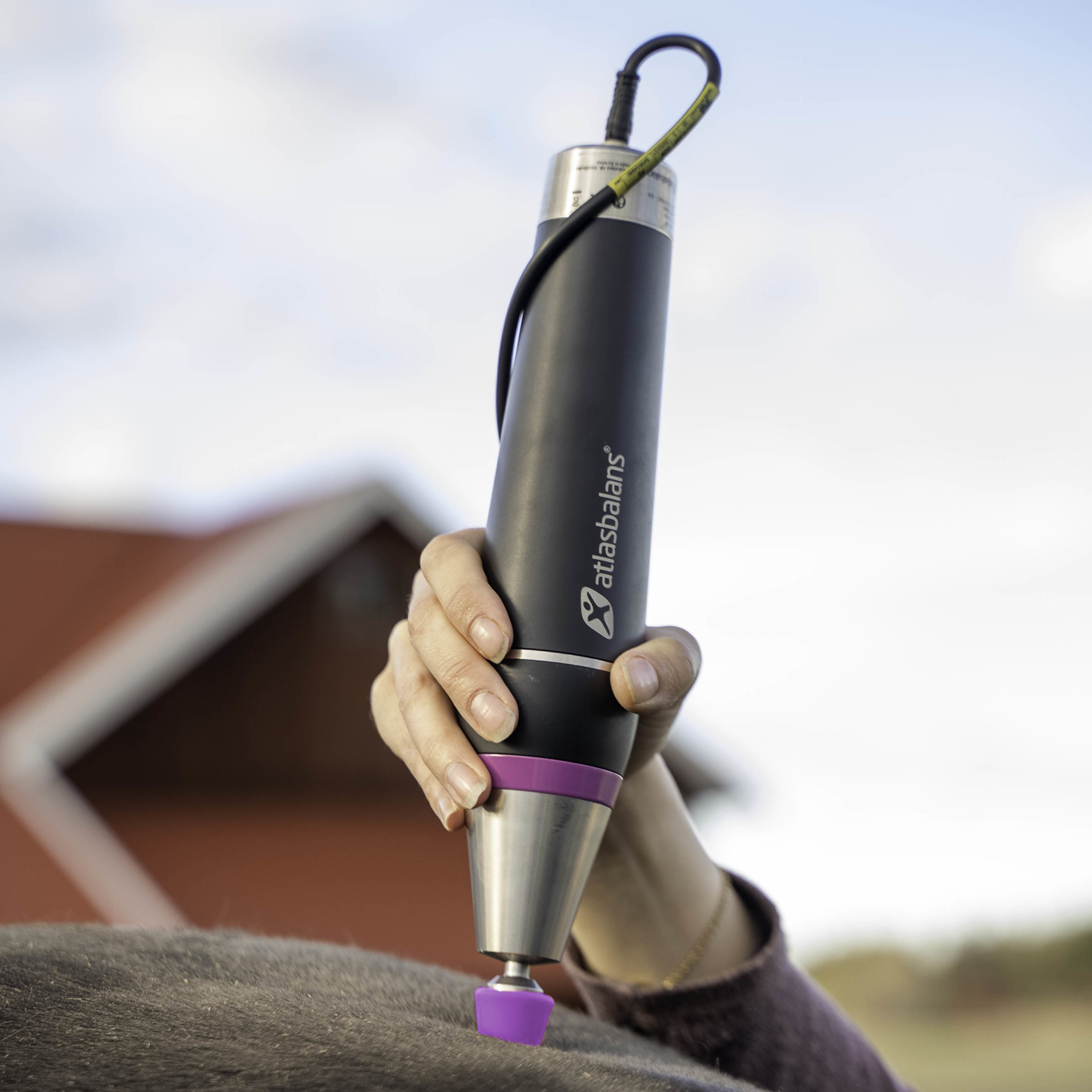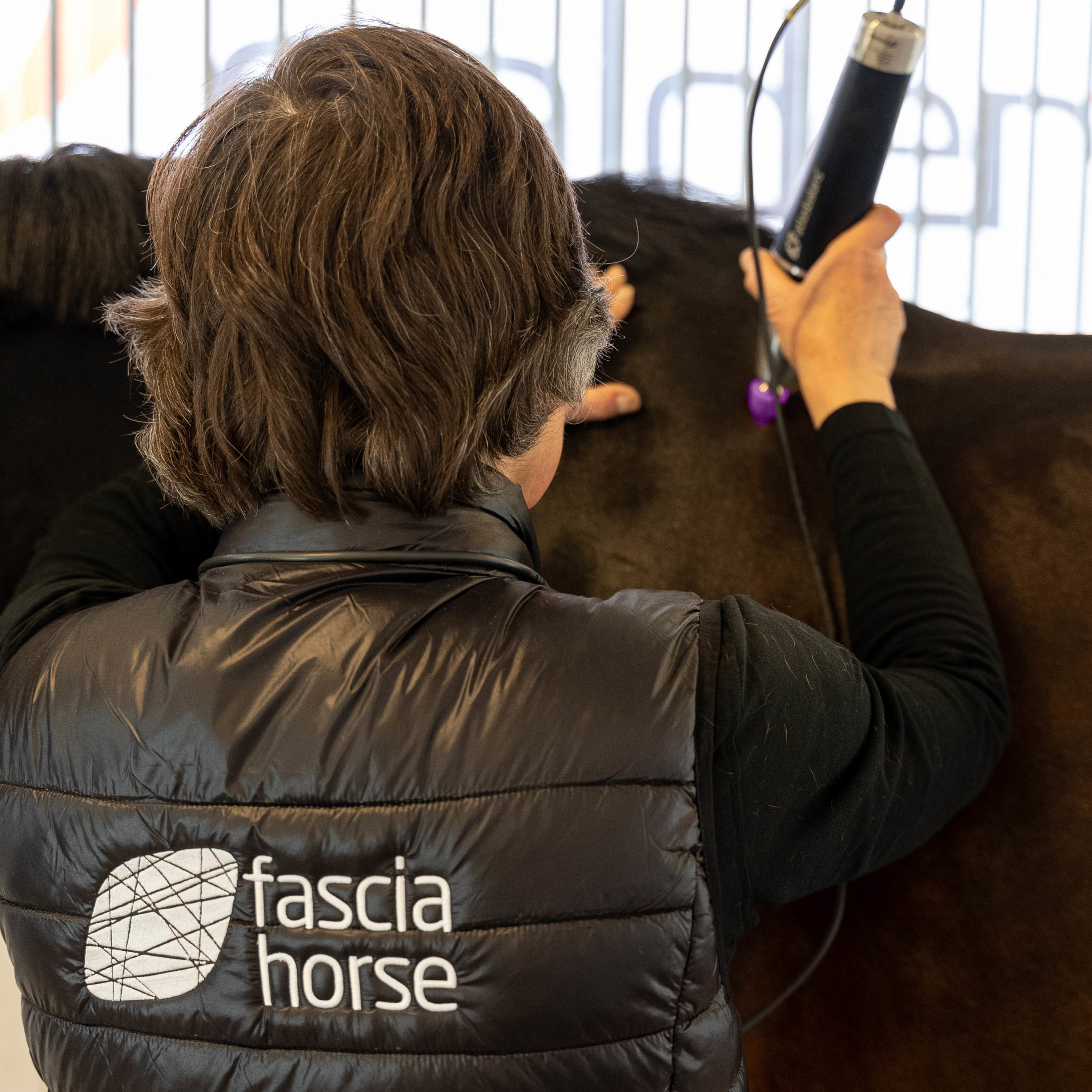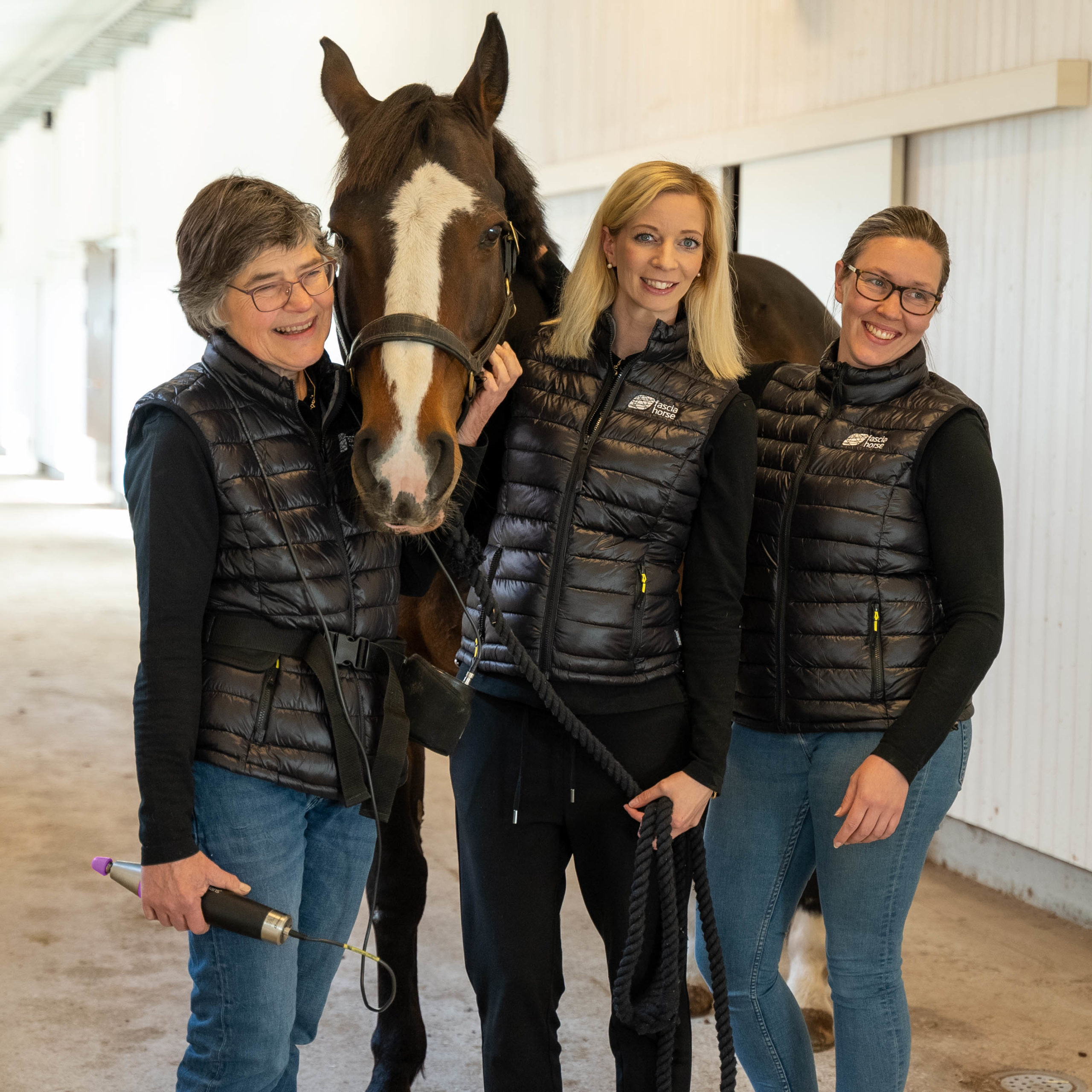Common problems in trotting horses
Trotting horses are worked on a completely different level than horses in most other branches. They are exposed to more stress in both the speed, intensity and risk of injury is high.
Since they are constantly stretching the limits of their ability to run quickly and in training push their strength and endurance, it is inevitable that they build up tension in the body. By repeated passes, where the horse gets an elevated lactic acid level and then does not recover with thorough cool-down, followed by days with emollient exercises and movement, they get a thickened and tense connective tissue and tight muscles.
The increased tension compresses the joint surface and creates friction and wear to the cartilage and increased pressure on the tendons. The spring and schwung in the horse’s movement is also reduced, which leads to poor shock absorption.
Repeated strain where the body works at its highest level can create a blockage in the nervous system’s muscle spindles, which means that the muscles are not able to release their contraction. The result is tense muscles that are not going to be rested away, stretched out or massaged away. The tissues are often too sore and irritated for the horse to receive massage with good results.
It is common that trotters stand around in a small paddock without much opportunity for movement or that they spend hours in a stall – which does not facilitate the maintenance of full mobility. A horse that has begun to lock up in the deep musculature will have a higher risk of repetitive strain injuries such as tendon injuries, arthritis and pain in the neck, back and pelvic parts.












